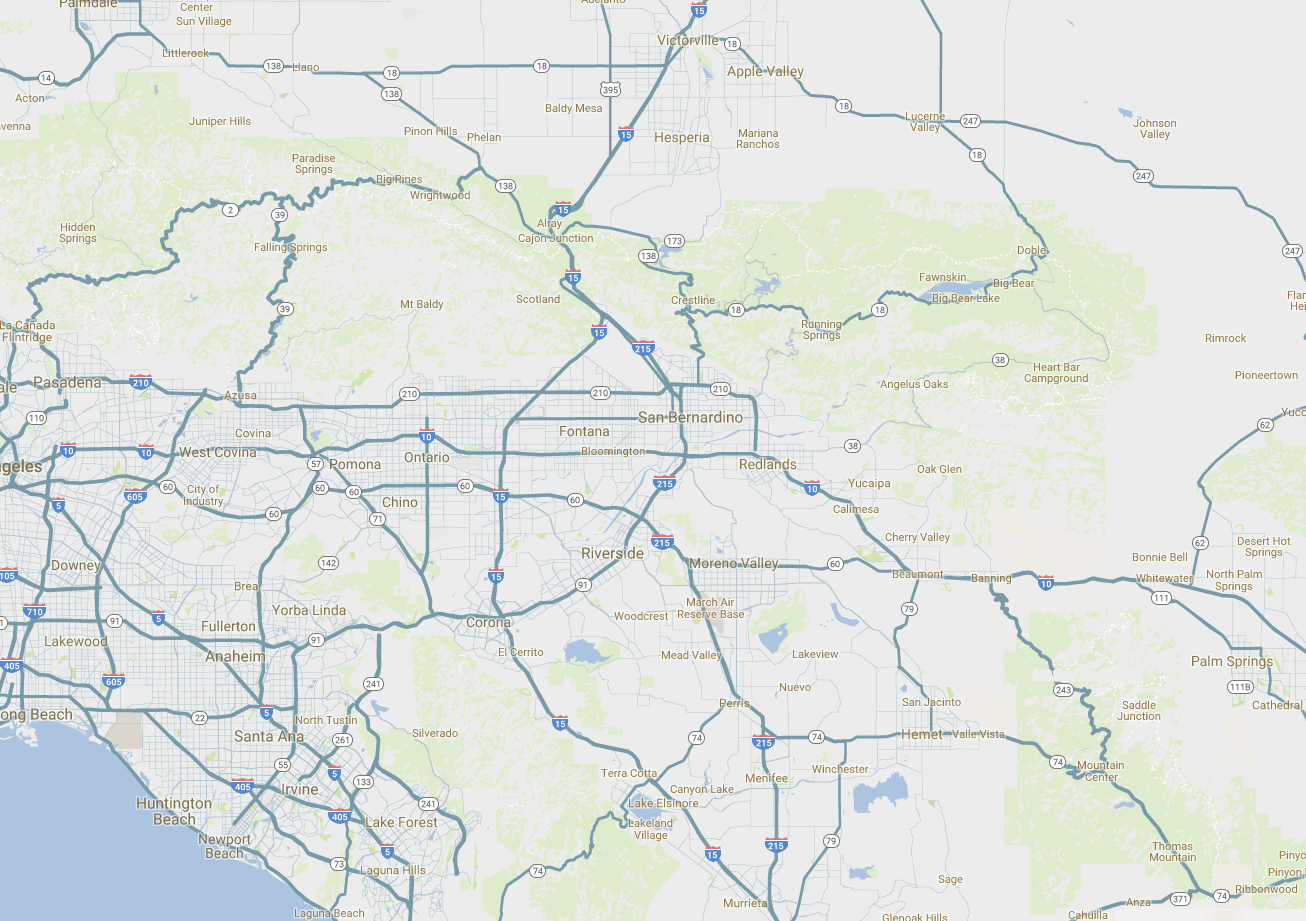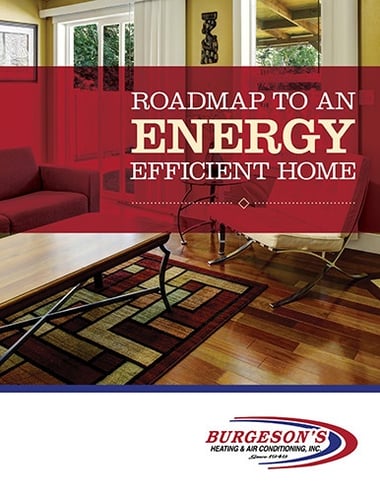Save money on your heating and cooling bills by simply resetting your thermostat when you are asleep or away from home. You can do this automatically without sacrificing comfort by installing an automatic setback or programmable thermostat. You can even manage your home's temperature remotely with the added Wi-Fi feature. Programmable thermostats can store and repeat multiple daily settings to a pre-set schedule (six or more temperature settings per day) that you can manually override without affecting the rest of the daily or weekly program.
You can easily save energy in the winter by setting the thermostat to 68°F while you're awake and setting it lower while you're asleep or away from home. By turning your thermostat back 10° to 15° for 8 hours, you can save 5% to 15% a year on your heating bill -- a savings of as much as 1% for each degree if the setback period is eight hours long. The percentage of savings from setback is greater for buildings in milder climates than for those in more severe climates.
In the summer, you can follow the same strategy with central air conditioning by keeping your house warmer than normal when you are away, and lowering the thermostat setting to 78°F (26°C) only when you are at home and need cooling. Although thermostats can be adjusted manually, programmable thermostats will avoid any discomfort by returning temperatures to normal before you wake or return home.
A common misconception associated with thermostats is that a furnace works harder than normal to warm the space back to a comfortable temperature after the thermostat has been set back, resulting in little or no savings. In fact, as soon as your house drops below its normal temperature, it will lose energy to the surrounding environment more slowly. The lower the interior temperature, the slower the heat loss. So the longer your house remains at the lower temperature, the more energy you save, because your house has lost less energy than it would have at the higher temperature. The same concept applies to raising your thermostat setting in the summer -- a higher interior temperature will slow the flow of heat into your house, saving energy on air conditioning.
Programmable thermostats are generally not recommended for heat pumps. In its cooling mode, a heat pump operates like an air conditioner, so turning up the thermostat (either manually or with a programmable thermostat) will save energy and money. But when a heat pump is in its heating mode, setting back its thermostat can cause the unit to operate inefficiently, thereby canceling out any savings achieved by lowering the temperature setting. Maintaining a moderate setting is the most cost-effective practice. Recently, however, some companies have begun selling specially designed programmable thermostats for heat pumps, which make setting back the thermostat cost-effective. These thermostats typically use special algorithms to minimize the use of backup electric resistance heat systems.
Most programmable thermostats are either digital, electromechanical, or some mixture of the two. Digital thermostats offer the most features in terms of multiple setback settings, overrides, and adjustments for daylight savings time, but may be difficult for some people to program. Electromechanical systems often involve pegs or sliding bars and are relatively simple to program.
When programming your thermostat, consider when you normally go to sleep and wake up. If you prefer to sleep at a cooler temperature during the winter, you might want to start the temperature setback a bit ahead of the time you actually go to bed. Also consider the schedules of everyone in the household. If there is a time during the day when the house is unoccupied for four hours or more, it makes sense to adjust the temperature during those periods.
The location of your thermostat can affect its performance and efficiency. Read the manufacturer's installation instructions to prevent "ghost readings" or unnecessary furnace or air conditioner cycling. To operate properly, a thermostat must be on an interior wall away from direct sunlight, drafts, doorways, skylights, and windows. It should be located where natural room air currents–warm air rising, cool air sinking–occur. Furniture will block natural air movement, so do not place pieces in front of or below your thermostat. Also make sure your thermostat is conveniently located for programming.
U.S. Department of Energy - Energy Efficiency and Renewable Energy
Right now, it's unlikely that every room in your house is always as comfortable as you would like it to be, because when you adjust your thermostat to be comfortable where you are, other rooms become too cold or too warm, but hardly ever just right.
It's simply too much to expect that one thermostat can be adjusted to provide ideal conditions for every room in your home at the same time. Different areas in your home are used for different purposes at different times, and because different parts of your home are connected to the outdoors through different combinations of windows, doors, and walls, they will gain or lose heat at different rates, making it impossible for a single thermostat to effectively control the temperature in all rooms simultaneously.
Zoning means dividing your home into areas with common heating and cooling requirements, with each zone being controlled by its own thermostat. With zoning, you can be comfortable no matter where you choose to be inside your home. Zoning is invisible to the homeowner, except that there will be more than one thermostat. The thermostats may be manually adjustable or automatic clock or programmable models.
Zoning can also save energy because you can heat or cool different portions of your home to certain temperatures depending on how they are being used. Instead of having to heat or cool your entire home depending on the temperature requirements of just one area, you can specify different "setpoints" for different zones. This can lower your heating and cooling bills by 10 percent, 20 percent, or even 30 percent, adding up to hundreds of dollars per year.
Give Burgeson's a call and we can help to determine how zoning can improve the comfort level in your home and save you money.

(909) 792-2222
View Location Page(909) 792-2222
View Location Page(760) 475-6028
View Location Page(951) 845-4552
View Location Page(951) 845-4552
View Location Page(909) 792-2222
View Location Page(909) 792-2222
View Location Page(951) 845-4552
View Location Page(909) 792-2222
View Location Page(909) 792-2222
View Location Page(951) 845-4552
View Location Page(909) 792-2222
View Location Page(909) 792-2222
View Location Page(909) 792-2222
View Location Page(909) 792-2222
View Location Page(951) 683-1003
View Location Page(909) 792-2222
View Location Page(909) 792-2222
View Location Page(909) 792-2222
View Location Page(951) 683-1003
View Location Page(909) 792-2222
View Location Page(909) 792-2222
View Location Page(909) 792-2222
View Location Page(909) 792-2222
View Location Page(909) 792-2222
View Location Page(951) 683-1003
View Location Page(760) 475-6028
View Location Page(909) 792-2222
View Location Page(951) 683-1003
(909) 792-2222
View Location Page(909) 792-2222
View Location Page(909) 792-2222
View Location Page(909) 792-2222
View Location Page(951) 683-1003
View Location Page(909) 792-2222
View Location Page(951) 683-1003
View Location Page(951) 683-1003
View Location Page(909) 792-2222
View Location Page(760) 475-6028
View Location Page(909) 792-2222
View Location Page(951) 683-1003
View Location Page(909) 792-2222
View Location Page(909) 792-2222
View Location Page(909) 792-2222
View Location Page(909) 792-2222
View Location Page(951) 683-1003
View Location Page(909) 792-2222
View Location Page(760) 475-6028
View Location Page(909) 792-2222
View Location Page(909) 792-2222
View Location Page(760) 475-6028
View Location Page(951) 683-1003
View Location Page(909) 792-2222
View Location Page(760) 475-6028
View Location Page(760) 475-6028
View Location Page(909) 792-2222
View Location Page